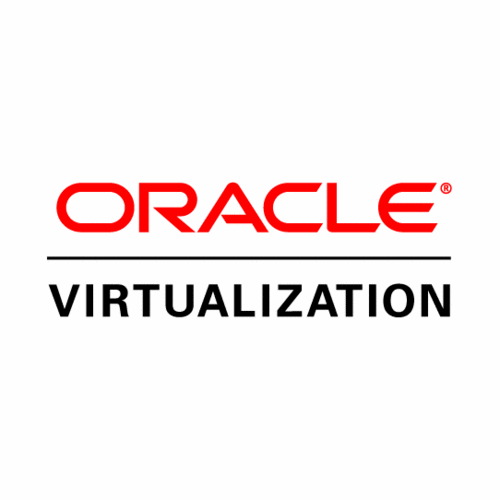 NEWS
NEWS
 NEWS
NEWS
 NEWS
NEWS
![]() The Oracle stance on virtualization is that it is not officially supported. As a someone with large Oracle installations, you have the option to heed these warnings or attempt to virtualize Oracle yourself. The reality is that many organizations already have, and Wikibon.org provided an enlightening look into the minds of 15 CIOs who had already talked with Oracle about virtualization and reaped its benefits.
The Oracle stance on virtualization is that it is not officially supported. As a someone with large Oracle installations, you have the option to heed these warnings or attempt to virtualize Oracle yourself. The reality is that many organizations already have, and Wikibon.org provided an enlightening look into the minds of 15 CIOs who had already talked with Oracle about virtualization and reaped its benefits.
After careful analysis, the conclusion is clear. If you want to virtualize Oracle, there is no need to wait for Oracle to give an official green light with official support. You can do it now.
Benefits of Virtualization
In general virtualization provides many benefits beyond the traditional, one OS (or even one application/database) to one server model. Among those benefits are:
Benefits of Oracle Virtualization
The Wikibon.org research found that Oracle Clusterware and VMware were able to reduce the number of required cores from 192 to 120, 10 servers with 2 sockets and 6 cores per socket verses 12 servers with 2 sockets and 8 cores per socket. This translates into a savings of $2 million over a three-year period.
Moreover, virtualization also reduced IO wait times considerably, which is an added performance bonus included with the expected cost savings.
The main challenge that you might want to consider when deciding whether to proceed with Oracle virtualization is “aligning budget responsibilities for virtualized Oracle Database Services,” David Floyer explains. That involves setting a budget for licensing, local and remote infrastructure, and the total administration costs.
Oracle Virutalization Recommendations
Wikibon.org recommends three service approaches for virtualization of Oracle. It is possible to use only one, two, or even all three approaches in one installation. Wikibon recommends the use of all three for larger organizations looking to offer them as Oracle services.
The CIO’s final decision to go with Oracle virtualization will depend on the technical expertise of the IT staff that must implement the changes and maintain the virtual machines, the budgeting and licensing changes that must take place, and the overall benefits versus the disadvantages of virtualization. The complete Wikibon report is available free of charge at Wikibon.org.
Support our mission to keep content open and free by engaging with theCUBE community. Join theCUBE’s Alumni Trust Network, where technology leaders connect, share intelligence and create opportunities.
Founded by tech visionaries John Furrier and Dave Vellante, SiliconANGLE Media has built a dynamic ecosystem of industry-leading digital media brands that reach 15+ million elite tech professionals. Our new proprietary theCUBE AI Video Cloud is breaking ground in audience interaction, leveraging theCUBEai.com neural network to help technology companies make data-driven decisions and stay at the forefront of industry conversations.